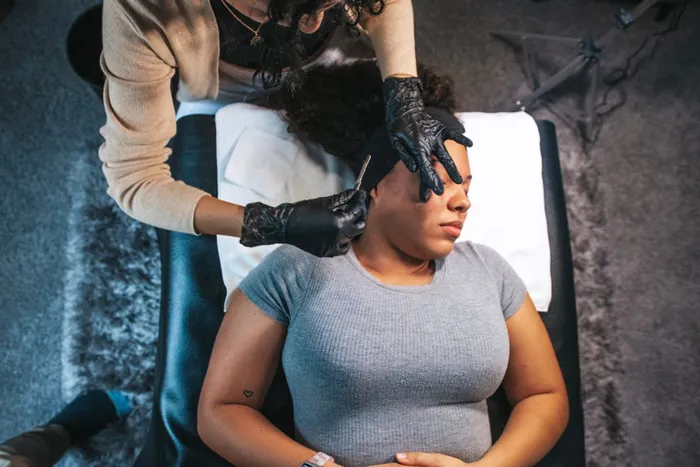What you need to know about dermaplaning

Dermaplaning has many benefits. Picture: Grove Brands / Pexels
In the pursuit of flawless, glowing skin, many beauty enthusiasts are turning toward a non-invasive treatment known as dermaplaning.
This gentle skin resurfacing technique has gained popularity, offering a host of benefits that promise to rejuvenate the complexion and boost skincare routines.
Here’s a look at what dermaplaning is and the benefits thereof.
What is dermaplaning?
Dermaplaning is an expert exfoliation process aimed at removing the top layer of dead skin cells as well as vellus hair which is often referred to as “peach fuzz.”
Using a specialised, sterile blade, trained professionals carefully scrape the outermost layer of skin, unveiling a smoother and more youthful appearance.
This procedure not only enhances aesthetic appeal but also ensures that skincare products penetrate more deeply, maximising their effectiveness.
The benefits of dermaplaning
Exfoliation: By eliminating dead skin cells, dermaplaning helps in revealing a brighter, more radiant complexion.
Hair removal: It temporarily removes fine vellus hair, leading to a silkier feel and texture to the skin.
Product absorption: The procedure improves the absorption of skincare products, potentially enhancing their effectiveness on the skin.
Reduced acne: Regular dermaplaning can diminish the appearance of acne and prevent clogged pores by removing dead cells.
Minimised fine lines: It has the potential to reduce fine lines and wrinkles, contributing to a younger-looking complexion.
Is dermaplaning safe?
When conducted by a licensed esthetician or dermatologist, dermaplaning is generally recognised as a safe procedure.
Safety measures are crucial, and it is of paramount importance for individuals to select a qualified professional to perform the treatment.
Who is a good candidate?
The procedure is suitable for most individuals with healthy skin.
However, those with active acne, overly sensitive skin, or conditions such as rosacea should avoid dermaplaning, as it may exacerbate their skin issues.
What to expect during your session
Cleansing: The session begins with a thorough cleansing of the skin, ensuring the removal of makeup and impurities.
Dermaplaning: The esthetician will then gently glide the sterile blade across your skin, exfoliating and removing fine hairs.
Moisturising: To finish, a soothing moisturiser will be applied, leaving your skin hydrated and radiant.
Aftercare tips
To maintain the benefits of dermaplaning, follow these aftercare suggestions.
Sun protection: Always wear a broad-spectrum sunscreen with a high SPF to guard against sun damage.
Gentle cleansing: Use mild cleansers to prevent any irritation post-treatment.
Hydration: Keep the skin hydrated with quality moisturisers to aid recovery.
Avoid harsh products: Refrain from using abrasive or strong products that could irritate your skin.
How often should you get dermaplaning?
Dermaplaning treatments can be safely performed every four to eight weeks, depending on individual skin tolerance and needs.
If you’re considering this rejuvenating procedure, consulting with a skincare professional is essential to determine if dermaplaning is the right choice for your skin.
IOL Lifestyle
Related Topics: